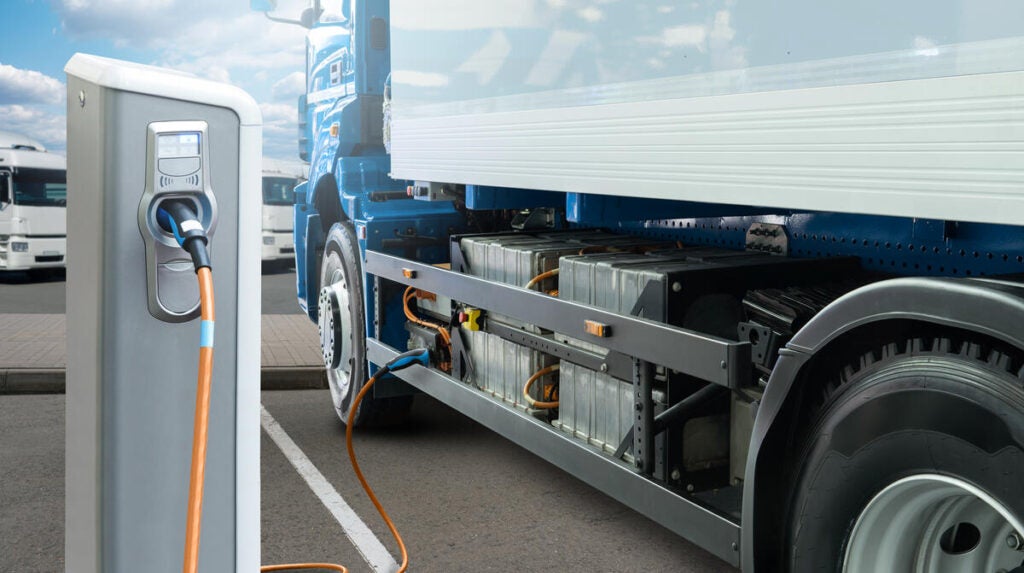Finalizing commercial vehicle charging infrastructure tax credit: Fleets could leverage as soon as 2024 filings
Developing a robust charging infrastructure at and around fleet depots and other facilities where trucks operate is critical to enabling the expeditious deployment of zero-emission medium- and heavy-duty vehicles. The Alternative Fuel Vehicle Refueling Property Credit, also known as the 30C tax credit, is one of the most impactful policies for achieving this end and recent proposed guidance from the U.S. Department of Treasury could make this credit available for businesses’ 2024 tax filings to support electrification efforts.
The tax credit, which was created under the Energy Policy Act of 2005, has been an effective approach for supporting the buildout of alternative fueling infrastructure. The Inflation Reduction Act expanded the impact of this credit to include electric vehicle charging infrastructure and increased the amount of the credit up to $100,000 per charging port.
Finalizing commercial vehicle charging infrastructure tax credit: Fleets could leverage as soon as 2024 filings Share on XFleets have been waiting for final guidance from the Treasury to leverage this credit in support their electrification efforts. On September 17th, Treasury and the Internal Revenue Service issued a Notice of Proposed Rulemaking that contains additional guidance about how businesses can utilize this credit. There will be a 60-day public comment period on this proposal. So long as the final rule reflects this proposal and is finalized by December 31 2024, businesses will be able to claim credit under the program as part of their 2024 tax filings.
In its proposed guidance, Treasury and IRS clarified several key provisions, including how the 30C credit defines projects that are meeting the Prevailing Wage and Apprenticeship requirements — which escalate the credit from 6% to 30%; and how business should account for individual charging ports, electric systems and energy storage systems that work in concert within a single facility.
Treasury and IRS have issued a summary sheet of the program that contains a case example that businesses can review to best understand the intricacies of this program.
This week’s guidance builds upon previous guidance on the geographic scope of the 30C tax credit.
The guidance on the 30C tax credit is the latest in a recent spate of announcements of federal investments to support the build out of charging infrastructure for medium- and heavy-duty vehicles:
- In August, the U.S. Department of Transportation announced $102 million to support a zero-emission freight charging corridor on the West Coast.
- In July, the Environmental Protection Agency announced $248 million dollars for a zero-emission freight corridor between Maryland and Connecticut.
- There have been previous announcements of $70 million to support zero-emission freight infrastructure in Texas and $63 million for a corridor along the Southwest.
- Just last week, the Department of Energy announced a notice of funding opportunity for $72 million to support charging infrastructure for heavy-duty vehicles.
- All of these investments support the implementation of the National Zero-Emission Freight Corridor Strategy — which was released this past March.
Transitioning medium and heavy-duty vehicles to zero-emission solutions is an imperative for human health and safeguarding of climate. Businesses with fleets need to be moving forward on their electrification journey by deploying zero-emission vehicles where they fit within their operations today while also planning for scaling these solutions across their operations in the years ahead. The 30C tax credit is one of many policies and programs that fleets can leverage to support these efforts.











